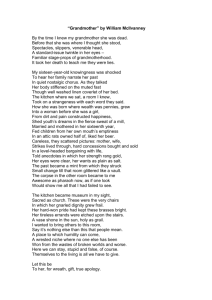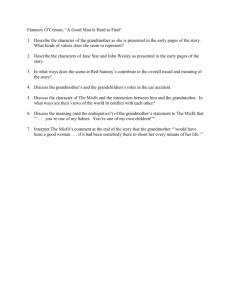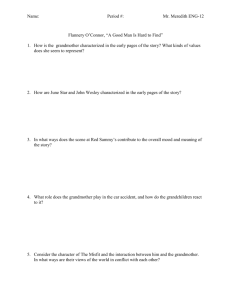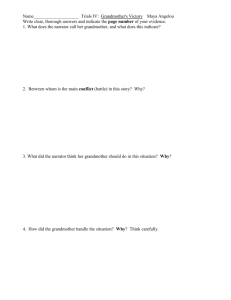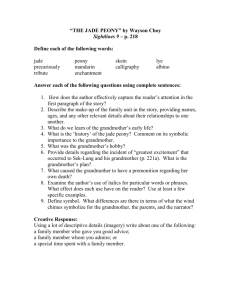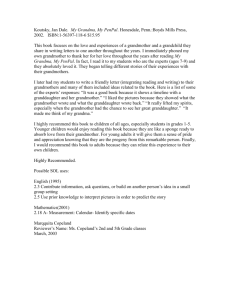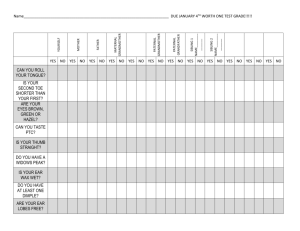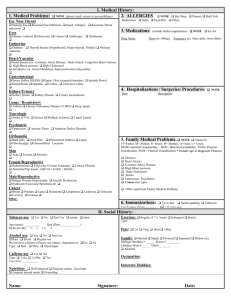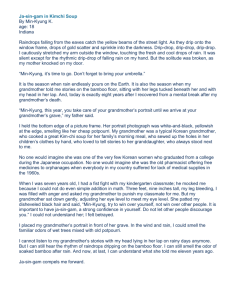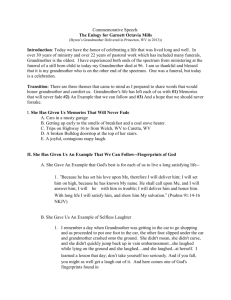Fact Sheet - Bound Feet My grandmother was a beauty. She had an
advertisement
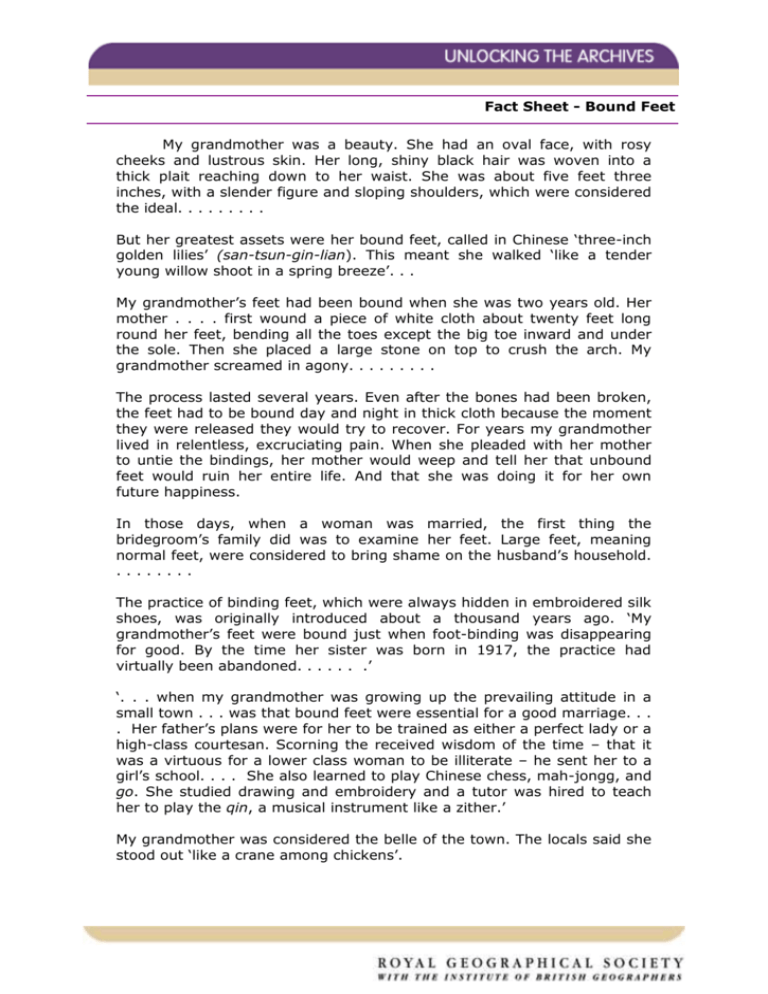
Fact Sheet - Bound Feet My grandmother was a beauty. She had an oval face, with rosy cheeks and lustrous skin. Her long, shiny black hair was woven into a thick plait reaching down to her waist. She was about five feet three inches, with a slender figure and sloping shoulders, which were considered the ideal. . . . . . . . . But her greatest assets were her bound feet, called in Chinese ‘three-inch golden lilies’ (san-tsun-gin-lian). This meant she walked ‘like a tender young willow shoot in a spring breeze’. . . My grandmother’s feet had been bound when she was two years old. Her mother . . . . first wound a piece of white cloth about twenty feet long round her feet, bending all the toes except the big toe inward and under the sole. Then she placed a large stone on top to crush the arch. My grandmother screamed in agony. . . . . . . . . The process lasted several years. Even after the bones had been broken, the feet had to be bound day and night in thick cloth because the moment they were released they would try to recover. For years my grandmother lived in relentless, excruciating pain. When she pleaded with her mother to untie the bindings, her mother would weep and tell her that unbound feet would ruin her entire life. And that she was doing it for her own future happiness. In those days, when a woman was married, the first thing the bridegroom’s family did was to examine her feet. Large feet, meaning normal feet, were considered to bring shame on the husband’s household. ........ The practice of binding feet, which were always hidden in embroidered silk shoes, was originally introduced about a thousand years ago. ‘My grandmother’s feet were bound just when foot-binding was disappearing for good. By the time her sister was born in 1917, the practice had virtually been abandoned. . . . . . .’ ‘. . . when my grandmother was growing up the prevailing attitude in a small town . . . was that bound feet were essential for a good marriage. . . . Her father’s plans were for her to be trained as either a perfect lady or a high-class courtesan. Scorning the received wisdom of the time – that it was a virtuous for a lower class woman to be illiterate – he sent her to a girl’s school. . . . She also learned to play Chinese chess, mah-jongg, and go. She studied drawing and embroidery and a tutor was hired to teach her to play the qin, a musical instrument like a zither.’ My grandmother was considered the belle of the town. The locals said she stood out ‘like a crane among chickens’. Extracted from ‘Wild Swans: Three daughters of China’ by Jung Chang (1991), published by Harper Perennial, pp23-5, which is the story of three generations of women, which describes their lives and conditions in China in times of great change. Grandmother (1901-1969) was a child in the immediate post-Empire times and lived through Chiang Kai-shek and the Kuomintang unifying most of China. Mother (1931- ) was born as the Japanese invaded and occupied China. She was a child during the Kuomintang-Communist Civil War and married in the year the People’s Republic of China was proclaimed. Daughter (1952- ) was a child at the time of Mao Tse Dung’s Communist campaigns, the Great Leap Forward, famine and the Cultural Revolution. She won a scholarship to Britain in 1978, just after Deng Xiaoping returned to power.
